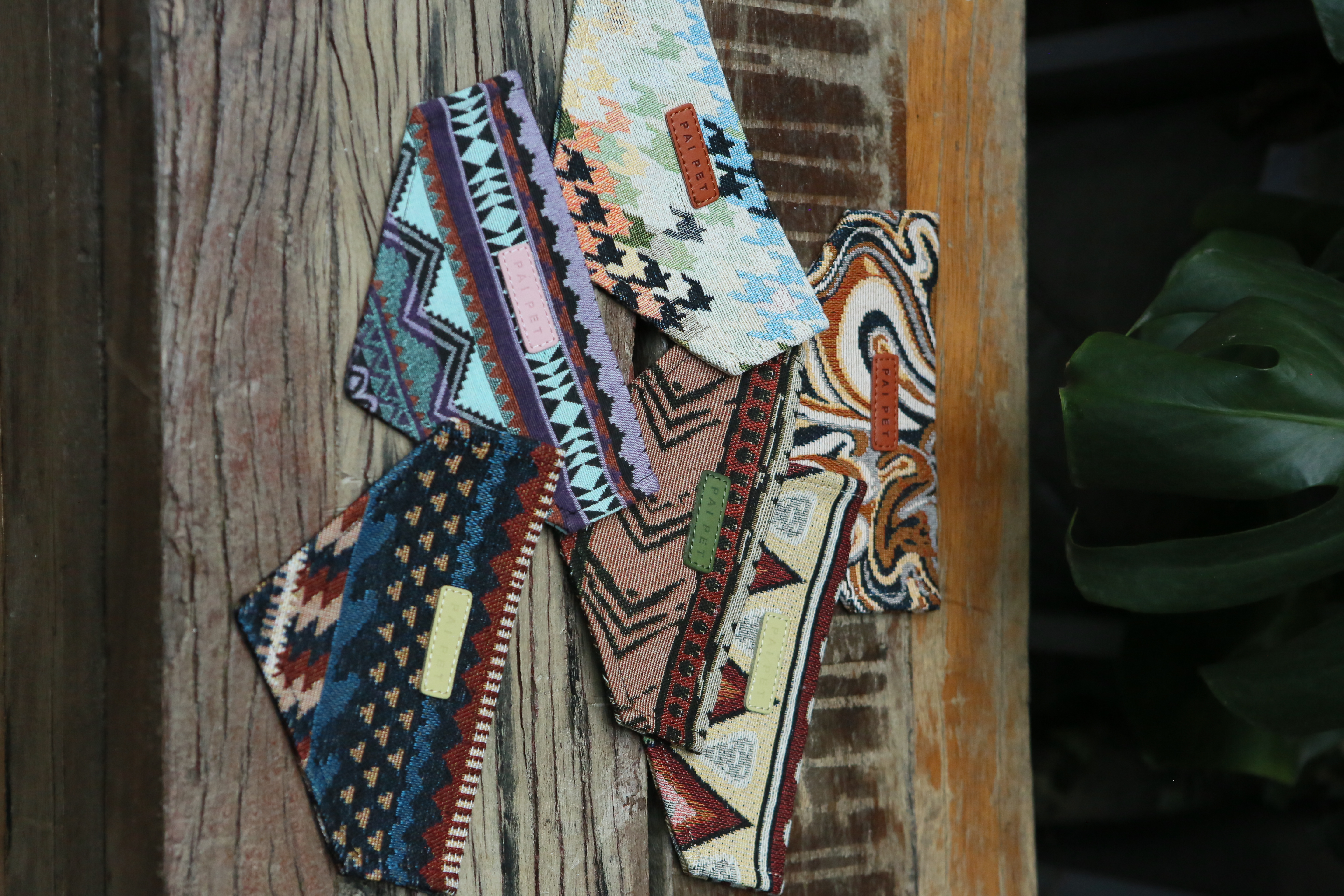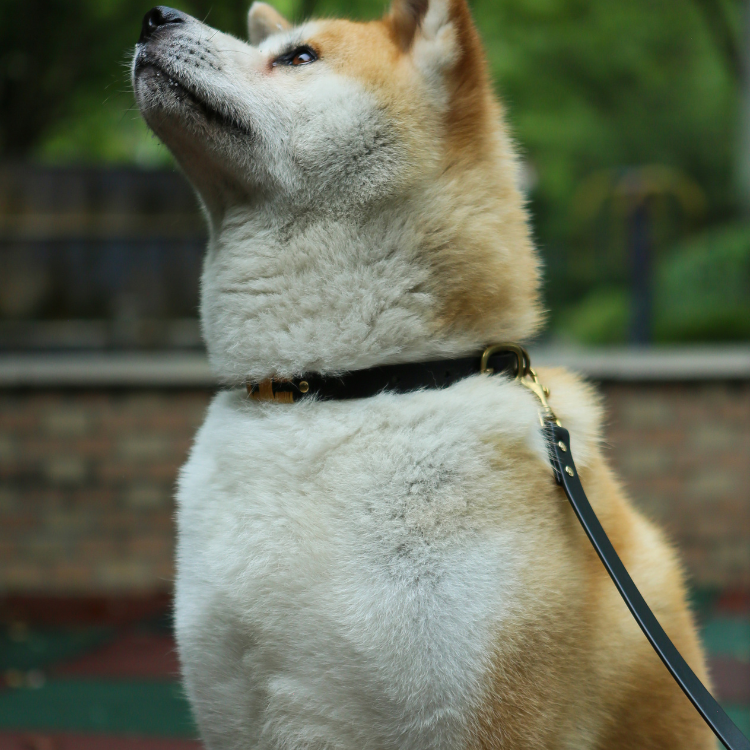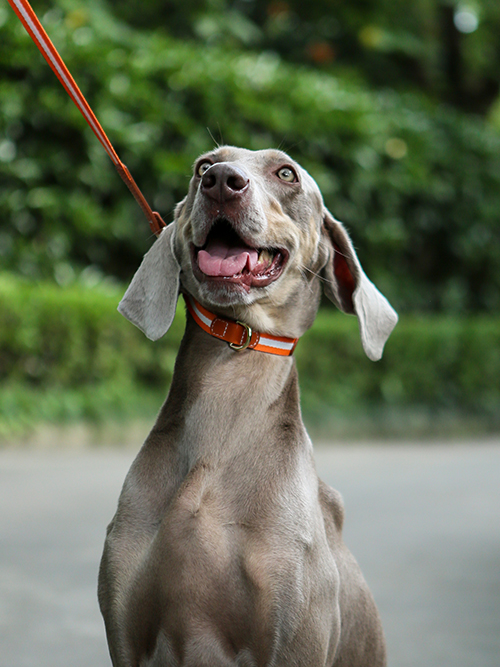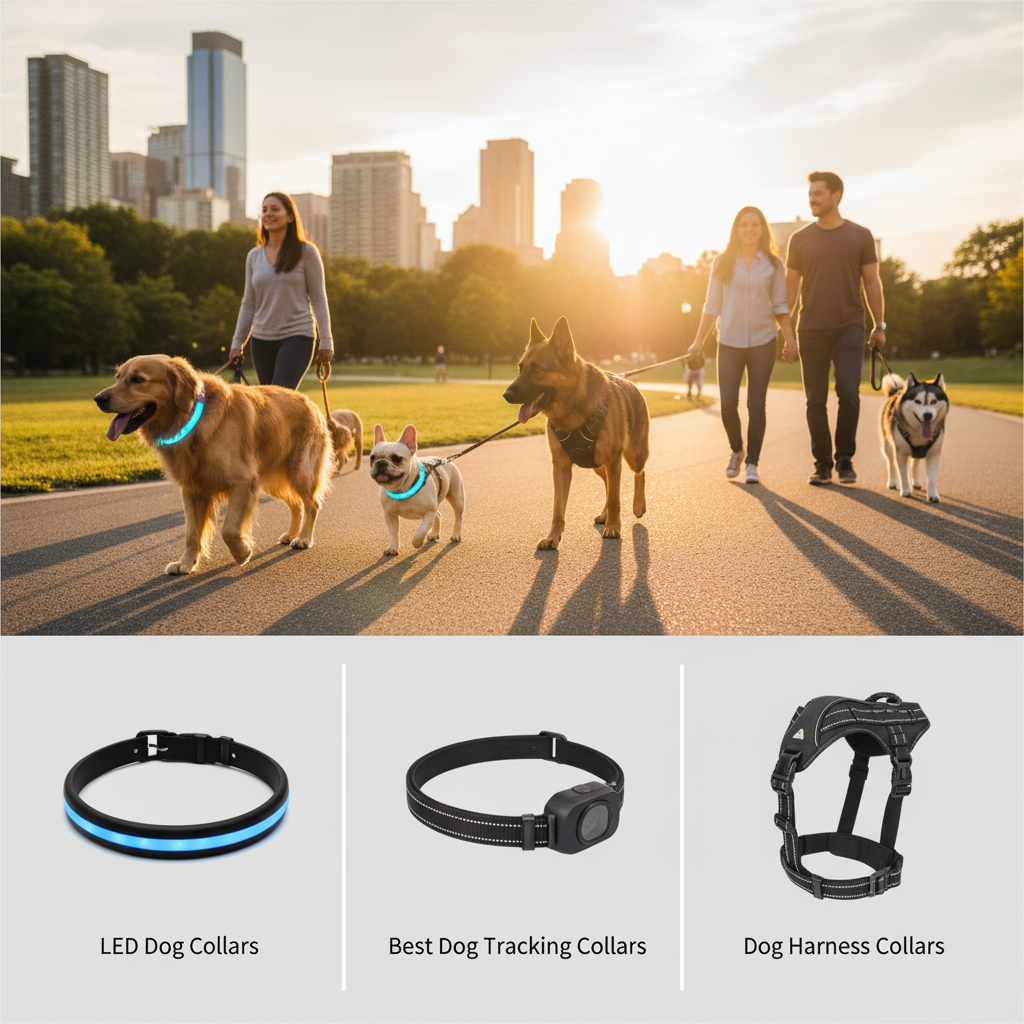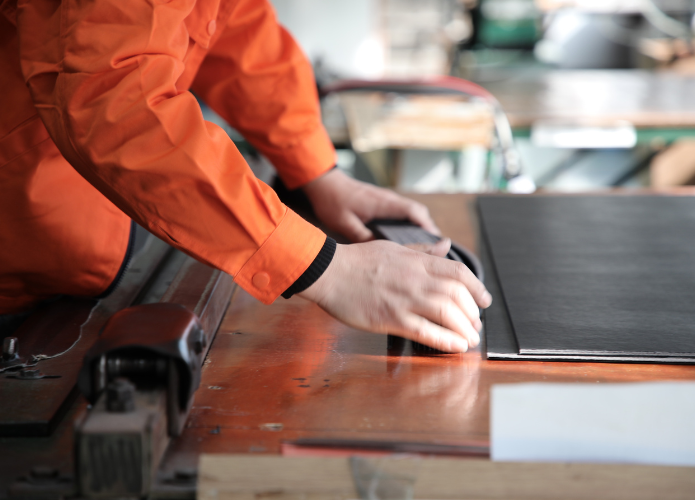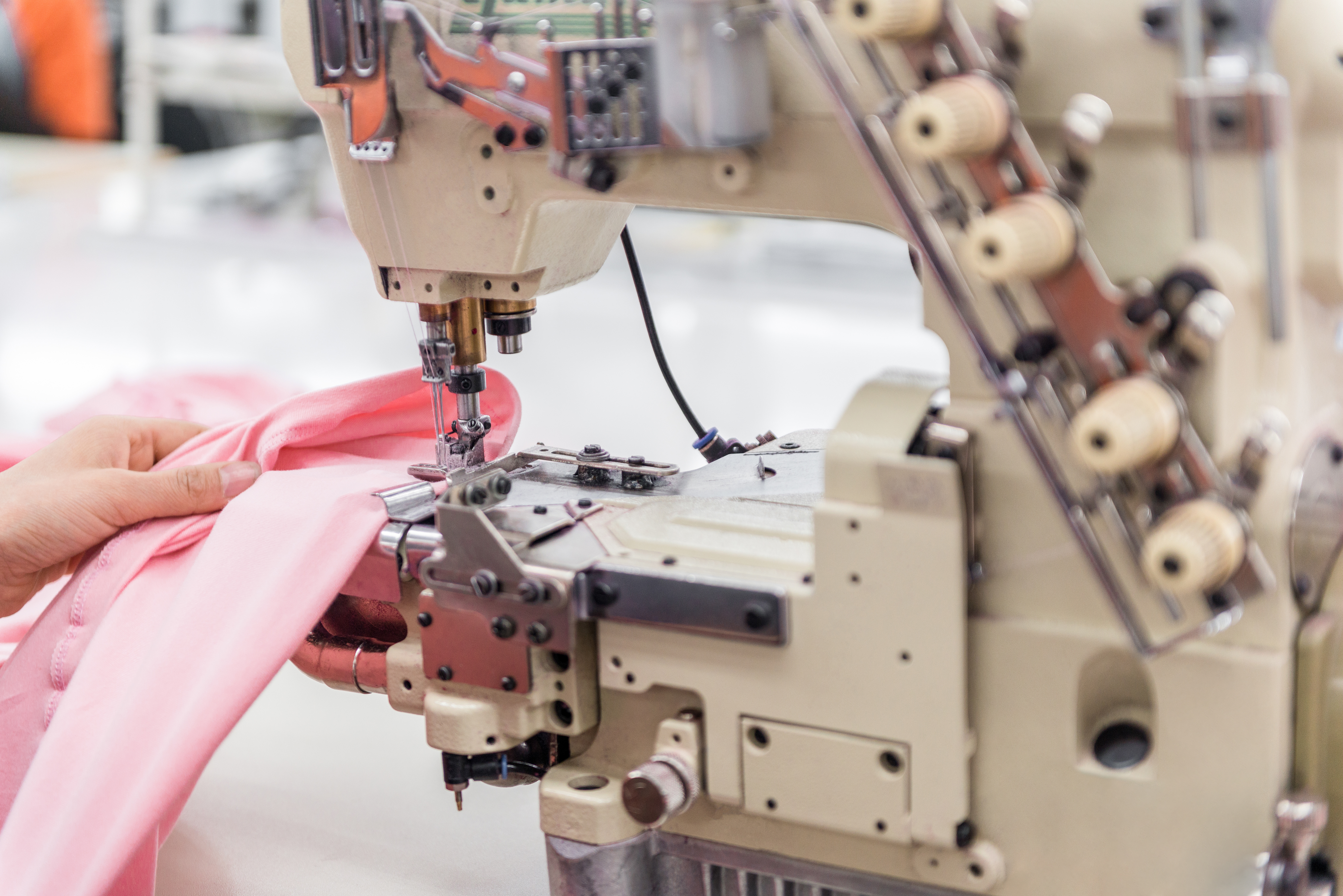Choosing the Best Dog Collars for Style | Pet Expert Guide
From everyday comfort to advanced safety, find your dog's perfect accessory. Discover stylish dog harness collars and best dog tracking collars for discerning pet parents.
I know you want the very best for your furry family member. When it comes to imagine a peaceful morning walk or a safe evening stroll, this all starts with understanding the best dog collars we use.
Understanding the dog harness collars
Choosing the right collar or harness is the first step toward happy walks. It's vital to understand how they work and their impact on your dog.
Everyday Flat Collars
These are the most common type. They are usually made of nylon, leather, or fabric, with a buckle and a D-ring for leashes and ID tags.
Expert Tip: Pick one that's wide enough, with smooth edges, and soft, breathable material. A collar that's too thin can put too much pressure on a small area, hurting your dog. Rough edges can rub skin or tangle fur.
Best For: Dogs who already walk nicely and don't pull or lunge. For well-behaved dogs, it gives enough control.
The Versatile Harness
Harnesses are designed to spread the leash pressure across your dog's chest and back, not their delicate neck. This helps avoid harm to their windpipe and spine, making walks more comfortable.
Expert Tip: Most times, a harness is better than a collar, especially if your dog is still learning to walk on a leash. They are safer for puppies, small dogs, dogs with sensitive windpipes, or any dog with neck issues.
Types of Harnesses:
Back-Clip Harnesses: The leash attaches to a D-ring on your dog's back. These are very comfy. However, they might not stop pulling effectively for dogs who tug a lot. They can even make a pulling dog pull harder. Best for dogs who walk well without pulling.
Front-Clip Harnesses: The leash attaches to a D-ring on your dog's chest. When your dog pulls, the leash gently guides their body to the side, breaking their forward momentum. This is one of the kindest and most effective ways to stop pulling.
H-Style/Y-Style Harnesses: These designs usually offer good comfort and freedom of movement. When choosing, check that the straps don't limit your dog's shoulder movement. Make sure the harness doesn't rub under your dog's armpits or change how they walk.
Personalized Choices: Tailoring to Your Dog's Needs
Forget the idea of a one-size-fits-all solution. There's no single "best dog collar" that works for all. The best choice is what fits your dog perfectly.
Dog Size and Age:
Puppies: Puppies have fragile bones and windpipes. Always start with a light, soft, adjustable harness. This avoids neck pressure and helps them have good experiences on a leash.
Small Dogs: For breeds like Chihuahuas, Yorkies, French Bulldogs, or Pugs, their necks are delicate, or they may have breathing issues. A harness is the clear choice to prevent neck pressure and tracheal collapse risks.
Large Dogs: For powerful dogs like Huskies, Golden Retrievers, or German Shepherds, you need a strong, durable harness or Martingale collar. It should be wide enough to handle their strength to give you enough control when needed.
Senior Dogs: These dogs might have arthritis, neck problems, or other health issues. Prioritize a harness to lessen body strain and prevent injuries from unexpected pulls during walks.
Coat and Skin Sensitivity:
Long-Haired Dogs: For dogs like Samoyeds, Golden Retrievers, or Afghan Hounds, the collar material should be smooth. This prevents snagging or matting their fur. Nylon or soft leather are good choices. Always check the fur and skin under the collar regularly.
Short-Haired Dogs: For short-haired dogs or those with skin allergies, the collar's softness, breathability, and skin-friendliness are key. Soft leather, medical-grade silicone, or padded collars designed for sensitive skin are better.
Expert Look at Special Feature Collars
Reflective/LED Light-Up Collars: These LED dog collars or reflective dog collars have reflective strips or built-in LED lights. They make your dog much more visible at night. This is crucial for safety during evening walks, and all dog parents should consider these practical safety features.
Best Dog Tracking Collars: These smart collars use GPS to help owners know their dog's location at all times. They offer valuable help if your dog gets lost. They are a helpful safety tool but never replace your supervision and preventative measures.These are often considered the best dog tracking collars for peace of mind.
Maintaining Your Dog's Gear Safely
The "Two-Finger Rule": Make sure the collar isn't too tight, which can choke your dog, or too loose, allowing them to slip out. After putting it on, you should be able to comfortably slide two fingers between the collar and your dog's neck.
Regular Cleaning: Dog collars collect dirt, oils, and bacteria. Choose the right cleaning method for the material to keep the collar clean and hygienic. This helps prevent skin infections for your dog.
Check for Wear: Regularly inspect the collar for signs of wear, tears, or damage, especially on buckles, D-rings, and other metal parts. Make sure all connections are in good shape. This prevents unexpected breakage during walks, which could cause your dog to get lost or hurt.





